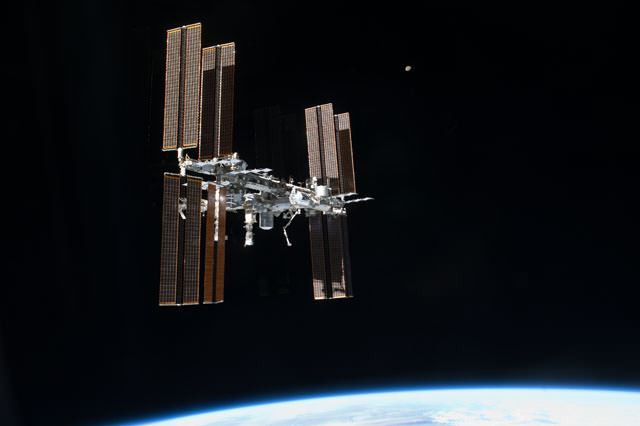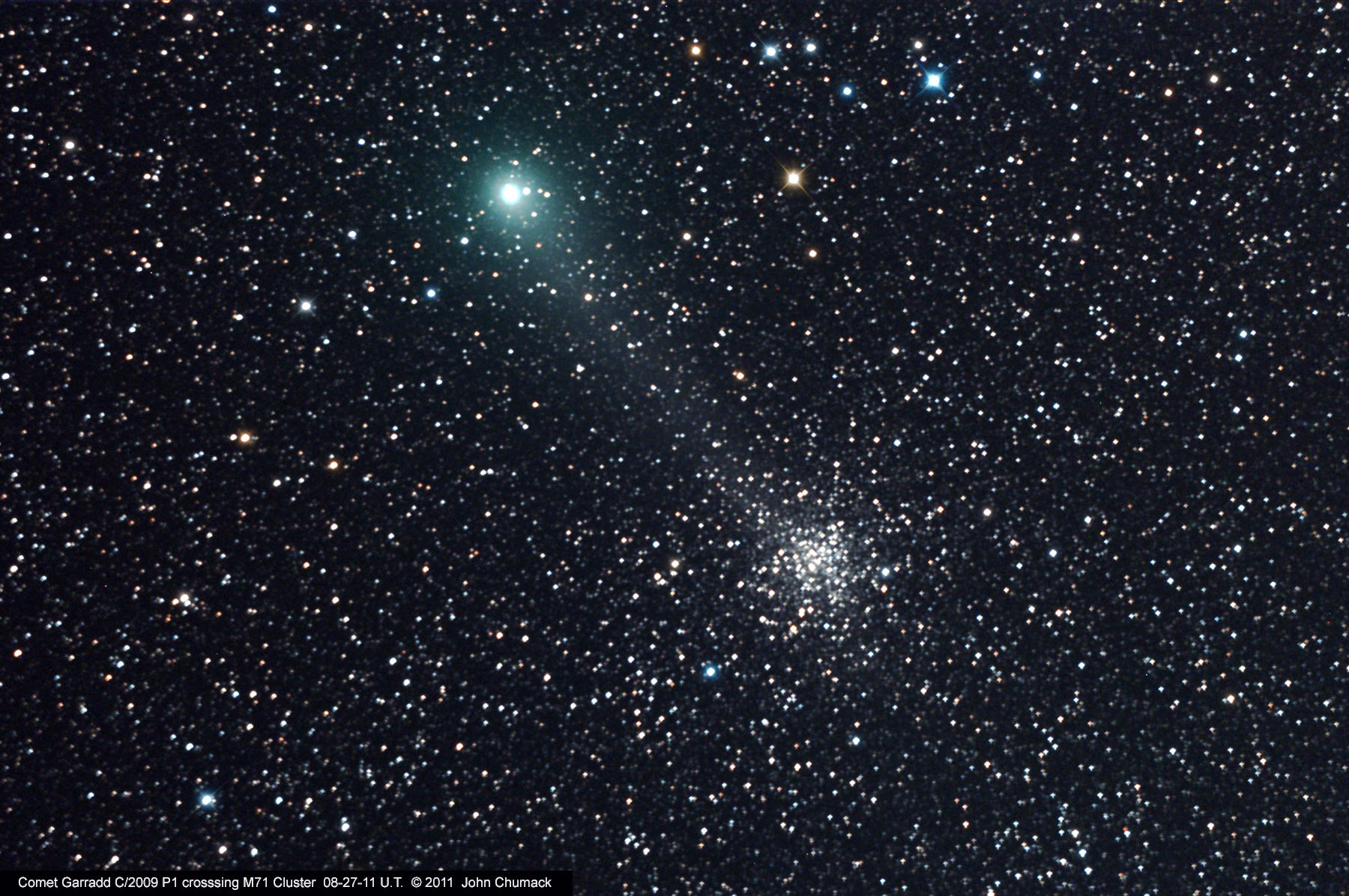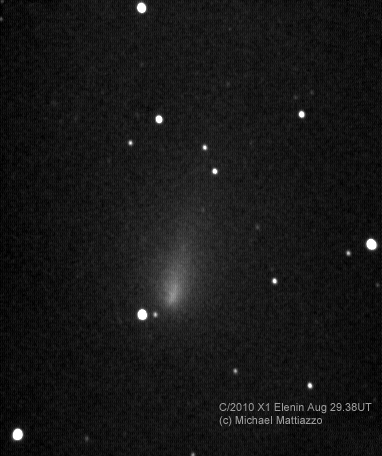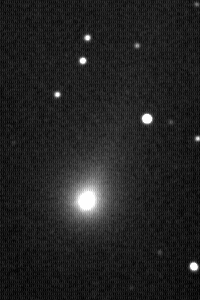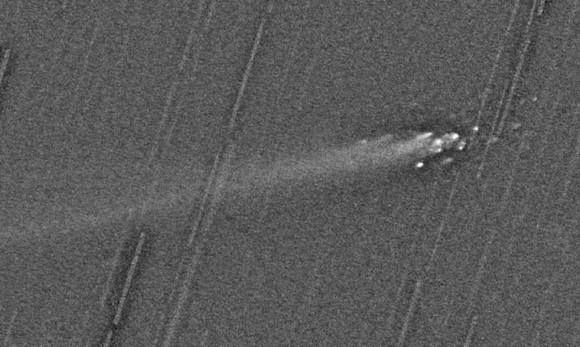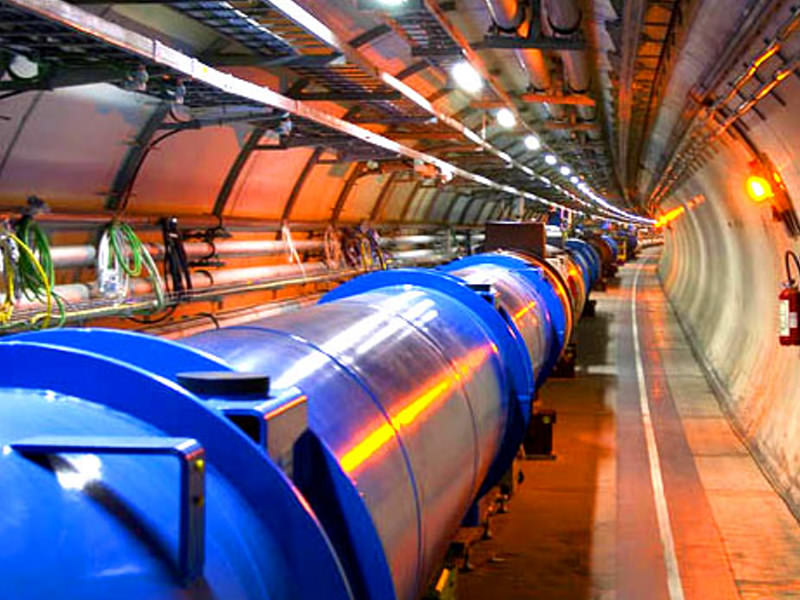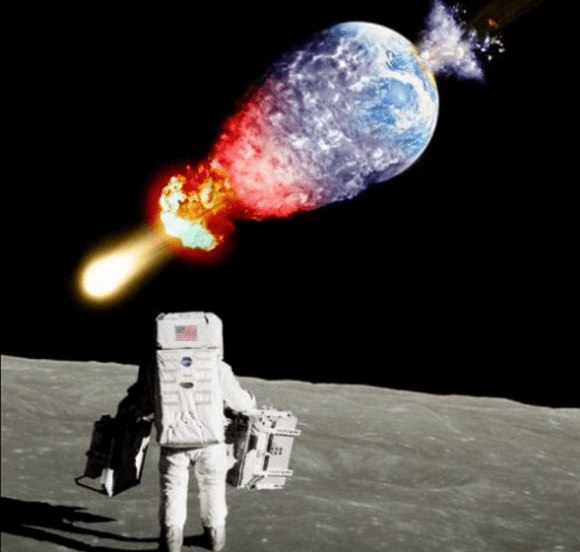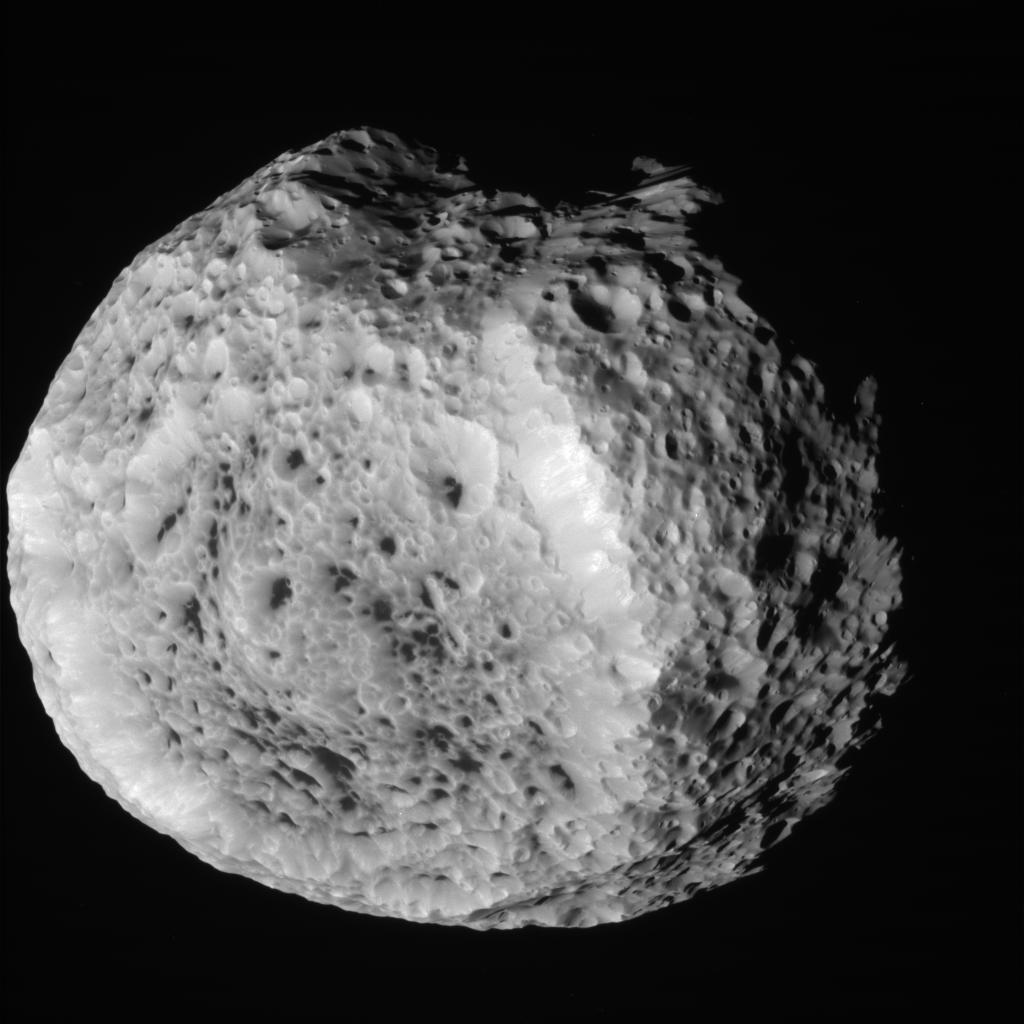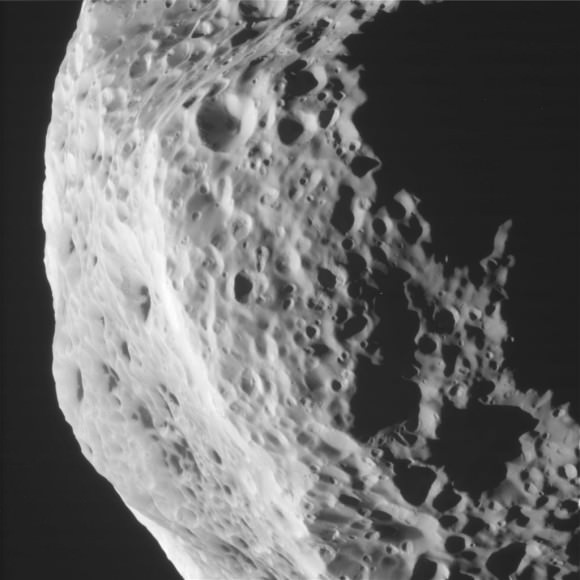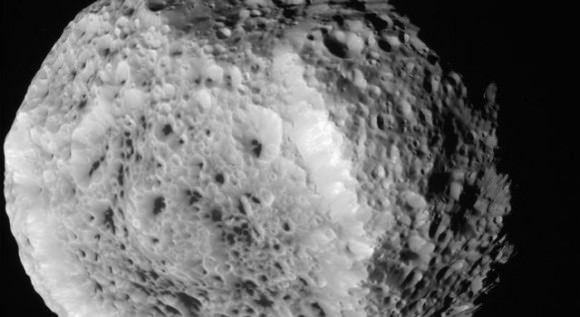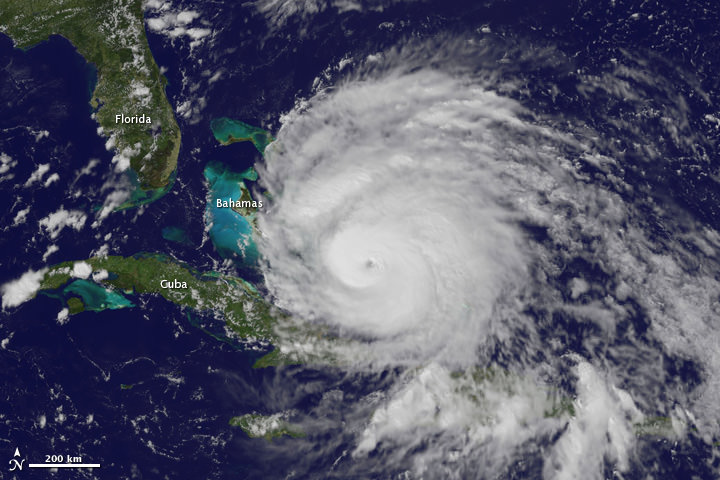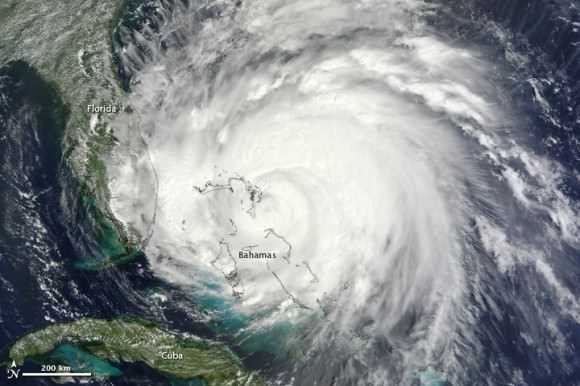[/caption]
For personal reasons I had to miss the NASA press conference this morning which gave an update on International Space Station operations following the failure and crash of a Progress resupply vehicle last week. When I returned home and saw the headlines about the briefing from other news sites, I thought, “Wow, everyone is really overreacting about how this might affect the space station.” But then I watched a replay of the briefing and realized no news site was being overly melodramatic. NASA’s Space Station Manager Mike Suffredini laid out a fairly bleak picture of how quickly the ISS will have to be de-manned if the anomaly with the Soyuz-family of rockets isn’t figured out soon. The problem is not logistics or supplies; it all hinges on the Soyuz capsules themselves and their limited lifespan. If the anomaly is not figured out soon and the Soyuz rockets aren’t flying by mid-November, the space station will have to be de-crewed and be operated unmanned, remotely from the ground.
UPDATE: Please read our update on the situation, where the Russian space agency says they may have found the cause of the anomaly.
“If we don’t have the Soyuz flying by mid-November, then we would have to de-man the ISS at that time,” Suffredini said. “We are focusing on keeping the crew safe. The next focus is trying to keep the ISS manned. If it takes us awhile to resolve the anomaly and we have to de-man the ISS, we certainly have a safe way to do that. But we will try to avoid that if we can because we would like to continue operations. “
Suffredini said the focus of the entire program and in particular the focus of the Russian space agency is to determine the cause of the anomaly and to resolve it and then get back to flying safely.
This first post-shuttle era launch of a Progress cargo ship abruptly ended at about six minutes into the flight on August 24 when an engine anomaly prompted a computer to shutdown an engine, just before the third stage of the Soyuz rocket ignited. The rocket and ship crashed to Earth in eastern Russia, in a heavily wooded, mountainous, sparsely populated area in the Choisk region of the Republic of Altai.
“They believe it broke apart and they would like to find it, but as of this morning they had not located anything yet,” Suffredini.
The loss of supplies on board the Progress cargo ship is trivial, and not an issue at all. The space station is well-supplied into next summer, thanks to the additional space shuttle flight, STS-135 which brought up a filled-to-the-brim cargo container. The issue is the 200-day lifespan of a Soyuz capsule on orbit, particularly the perioxide thruster system which is not certified to last past 200 days.

Expedition 28 commander Andrey Borisenko, Alexander Samokutyaev and Ron Garan were scheduled to return to Earth on September 8, with another crew of Expedition 29 (Anton Shkaplerov, Anatoly Ivanishin and Dan Burbank) heading to the ISS on the Soyuz TMA-22 spacecraft on September 22 to return the crew back to a compliment of six.
Suffredini said they now plan to keep the three Exp. 28 crewmembers on board until mid-September or perhaps another week or so, but they can’t really go beyond that. The opportunities for landing during the daylight (required for safety reasons) in Kazakhstan end around September 19 and do not become available again until around October 26. But by that time, however, the crew’s Soyuz TMA-21 spacecraft will have been in orbit about 10 days beyond its certified 200-day limit.
“In general, we will probably end up bringing the crew home in the middle of September, to not endanger the crew getting home safely,” Suffredini said. He added later that they have talked about the possibility of recertifying the Soyuz to study whether it could last longer, but that would require a lot of work.
“The general theory is when you’ve already been handed one significant challenge you shouldn’t try to do another,” he said.
Originally the schedule called for another unmanned Progress launching on October 26, and then the remainder of Exp. 28 ( Fossum, Volkov and Furukawa) to return to Earth on November 16, with their replacements (Oleg Kononenko, Don Pettit and Andre Kuipers) coming to the station on Soyuz TMA-03M on Nov. 30.
The first of those threesomes can’t stay on orbit much longer than November 16, again because of daylight issues at landing and it’s not until the end of December when the daylight landing times align, which again, pushes the limit on the Soyuz lifespan.
So if the anomaly isn’t figured out by mid- November, the station will become unmanned. Suffredini said having an unmanned ISS isn’t really a problem logistically: They would configure the station that all systems were running redundantly, such as cooling and heating, and they would isolate each module by closing all hatches.
“Assuming no significant anamolies, which would be two system failures in a redundant system, we can operate indefinitely,” Suffredini said. He added that, of course, they prefer not to operate without crew for an extended time, mostly because of the loss of science opportunities. But they can do things like avoidance maneuvers or reboosts remotely from the ground.
In the meantime, a group of Russian rocket engineers are studying the problem, and we can assume NASA is giving whatever assistance they can. Two Soyuz-family of unmanned rockets are scheduled to launch, which may be a good thing: a commercial Soyuz to launch mobile communications satellites is scheduled on Oct. 8, and the Russians may launch the October 26 Progress resupply ship earlier in order to have another unmanned launch to study the problem.
When asked about the bad PR this situation must be presenting for NASA, especially in this time of tight budgets and the perceived lack of a mission for NASA, Suffredini paused before answering.
“Right now we are focusing on flying the space station safely,” he said. “I haven’t worried about the PR associated with it. For us, given this, what we see is an anomaly of a vehicle that maybe — if you think about it – was sort of a gift, to tell us about a potential problem without putting humans on a similar vehicle. This is a great opportunity to learn about an anomaly and resolve it without putting a crew at risk. Flying safely is much more important than anything else I can think about right at this instant.”
“I’m sure we’ll have the opportunity to discuss any political implications,” Suffredini continued, “if we spend a lot of time on the ground, but we’ll have to deal with them because we’re going to do what is right for the crew and the space station. It is a very big investment for our government and our job is to be good stewards to protect that investment. My goal is to get flying safely and get on with research and protect the crew and that investment along the way.”
Stay tuned.

